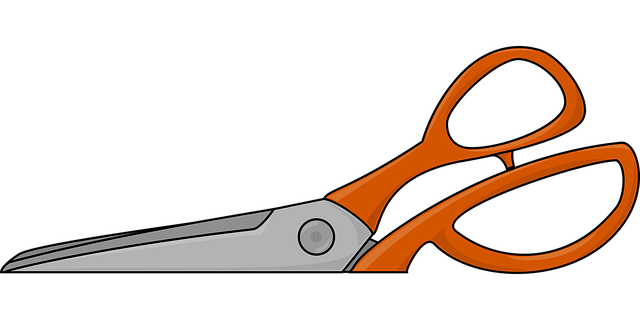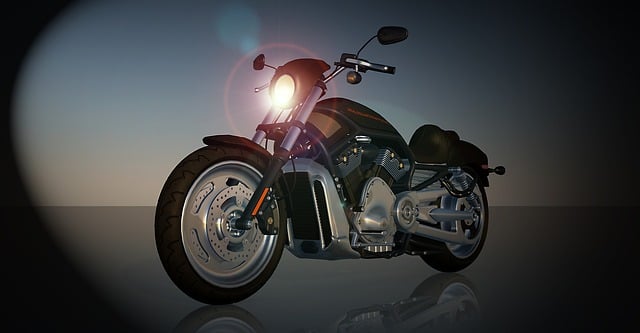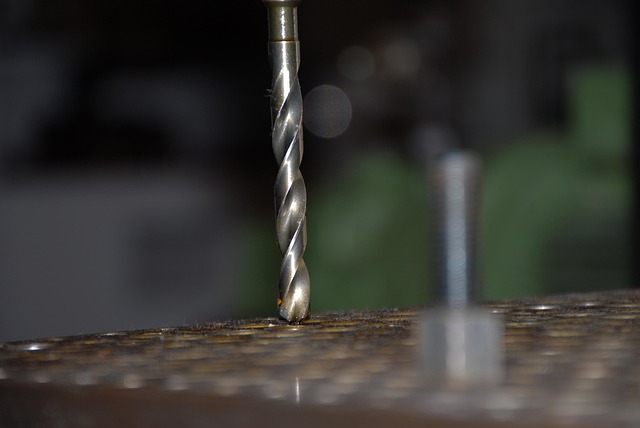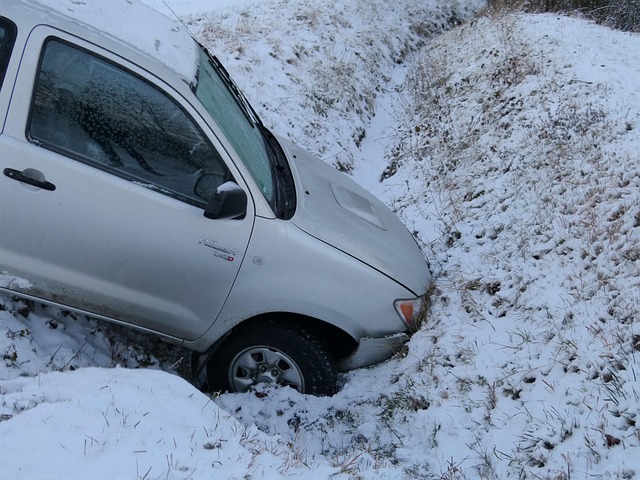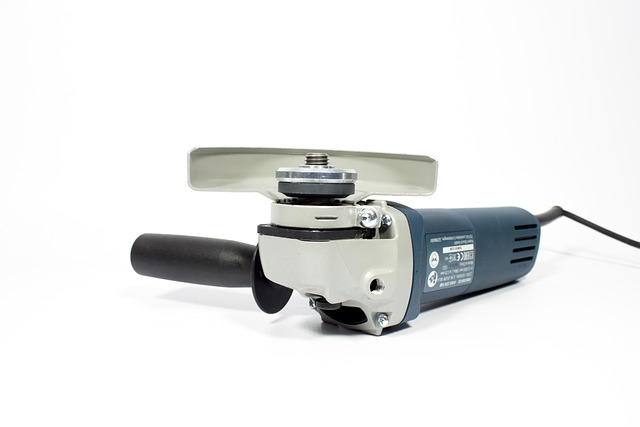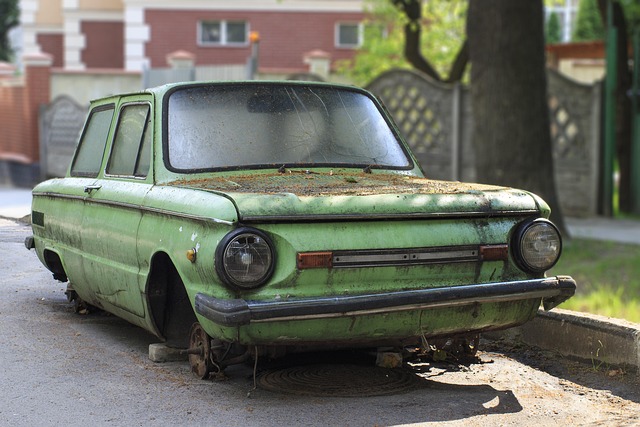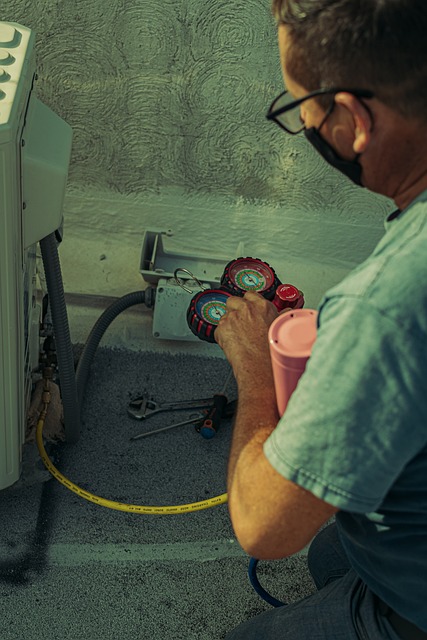The evolution of PDR tools has revolutionized vehicle dent repair, shifting from manual, time-consuming methods to modern, precise technologies. These innovative tools, equipped with pneumatic guns, suction cups, and sensors, enable technicians to perform intricate fender repairs swiftly and accurately, minimizing paint damage. PDR tools have significantly enhanced repair speed, accuracy, and cost-effectiveness since their inception in the 1940s, making them essential for high-quality automotive collision repairs today.
In the ever-evolving automotive repair landscape, understanding the advantages of modern PDR (Paintless Dent Repair) tools is crucial for technicians and businesses alike. This article delves into the remarkable journey of PDR from its humble beginnings to the cutting-edge technologies of today, exploring how advancements have revolutionized dent removal. We dissect the benefits of advanced PDR tools, from enhanced precision and efficiency to cost savings and improved customer satisfaction. Furthermore, we peek into the future, uncovering emerging trends such as AI and robotics that could redefine the industry’s horizon.
- The Evolution of PDR Tools: Past to Present
- – A brief history of PDR (Paintless Dent Repair) techniques and tools.
- – How modern technology has revolutionized the industry.
The Evolution of PDR Tools: Past to Present
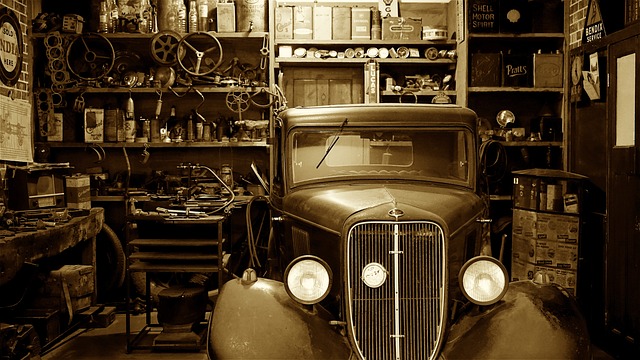
The journey of PDR tools (Paintless Dent Repair) has been a remarkable transformation over time. In the past, vehicle dent repair was a labor-intensive process, relying on hammers, picks, and other manual techniques to remove dents from fenders and car bodies. This often required extensive skill and patience, leaving room for human error.
Modern PDR tools have revolutionized the vehicle body shop landscape. With advancements in technology, today’s PDR tools offer precision, efficiency, and a faster turnaround time compared to traditional methods. These innovative tools utilize specialized equipment, such as pneumatic guns, suction cups, and advanced sensors, enabling technicians to perform meticulous fender repair and restore vehicles to their pre-damage condition with minimal paint damage.
– A brief history of PDR (Paintless Dent Repair) techniques and tools.
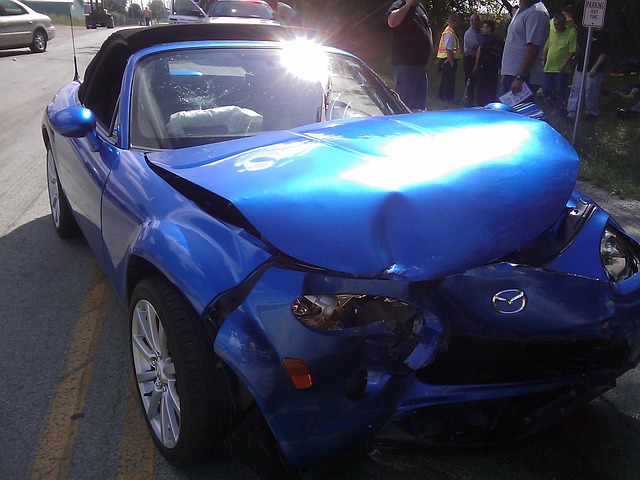
PDR techniques have evolved significantly over the years, from manual methods to modern, advanced tools. The concept of paintless dent repair dates back to the 1940s when auto body shops began experimenting with removing dents and dings without the need for traditional repainting. Early PDR methods involved using simple hand tools like hammers and picks to carefully manipulate metal back into place. However, these techniques were time-consuming and often left visible evidence of the repair.
The introduction of specialized PDR tools in the 1980s marked a significant turning point. These innovative devices utilized air pressure, hydraulics, and precision instrumentation to facilitate faster, more accurate repairs. Over time, advancements led to lighter, easier-to-use tools that enhanced efficiency in auto bodywork. Today’s modern PDR tools offer a wide array of capabilities, including metal manipulation, panel alignment, and surface preparation, making them indispensable for automotive collision repair shops seeking to provide high-quality, cost-effective services.
– How modern technology has revolutionized the industry.
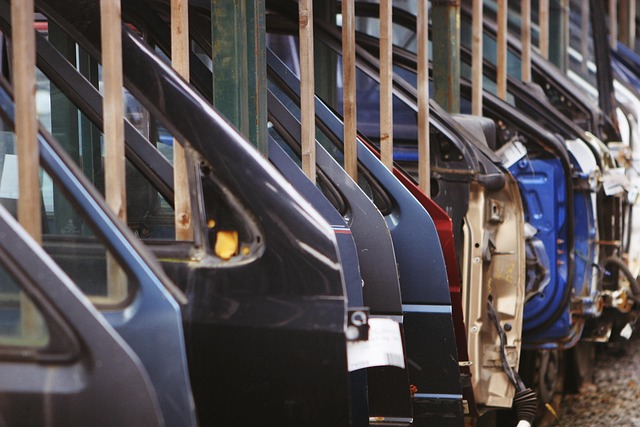
In today’s digital era, modern technology has revolutionized the automotive industry, particularly in the realm of car collision repair and cosmetic enhancements. Professional dent removal and car scratch repair services have evolved significantly with the advent of advanced PDR (Paintless Dent Repair) tools. These innovative technologies enable skilled technicians to perform intricate repairs without the need for traditional painting or extensive body work, thereby reducing both time and material costs.
By utilizing specialized equipment and precise techniques, modern PDR tools offer a more efficient and cost-effective solution for various dent removal needs. From minor car scratches to significant impacts, these tools can restore vehicles to their original condition, enhancing aesthetics and preserving value. This game-changing approach has not only simplified the repair process but also underscored the importance of investing in cutting-edge technology for both repair shops and vehicle owners alike.
In conclusion, the evolution of PDR tools from their humble beginnings to the sophisticated technologies of today has brought about a significant transformation in the automotive repair industry. Modern PDR tools offer immense advantages in terms of efficiency, precision, and cost-effectiveness, setting new standards for dent repair. As technology continues to advance, we can expect even more innovative solutions, ensuring that PDR remains a game-changer in both workshops and on the road.
